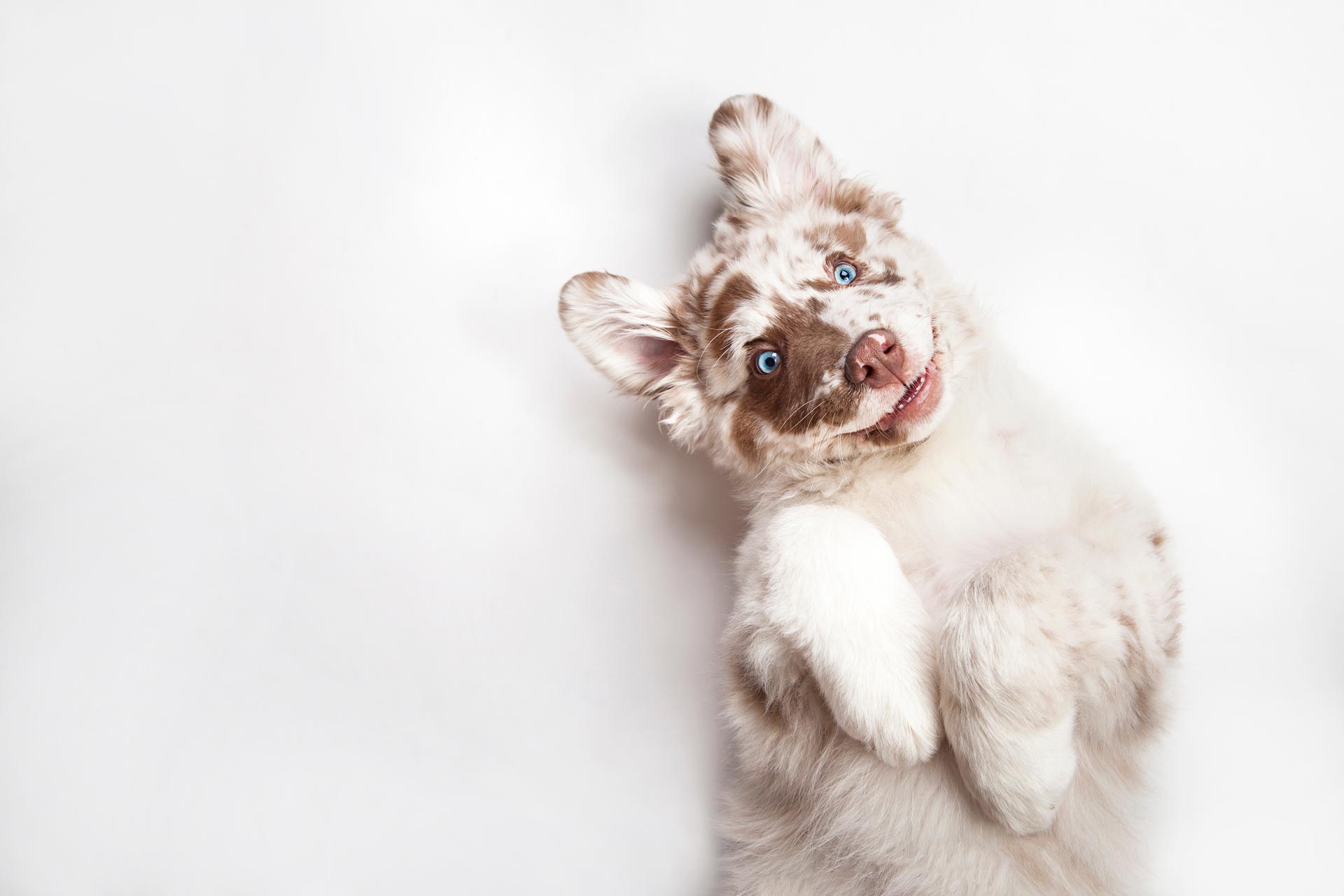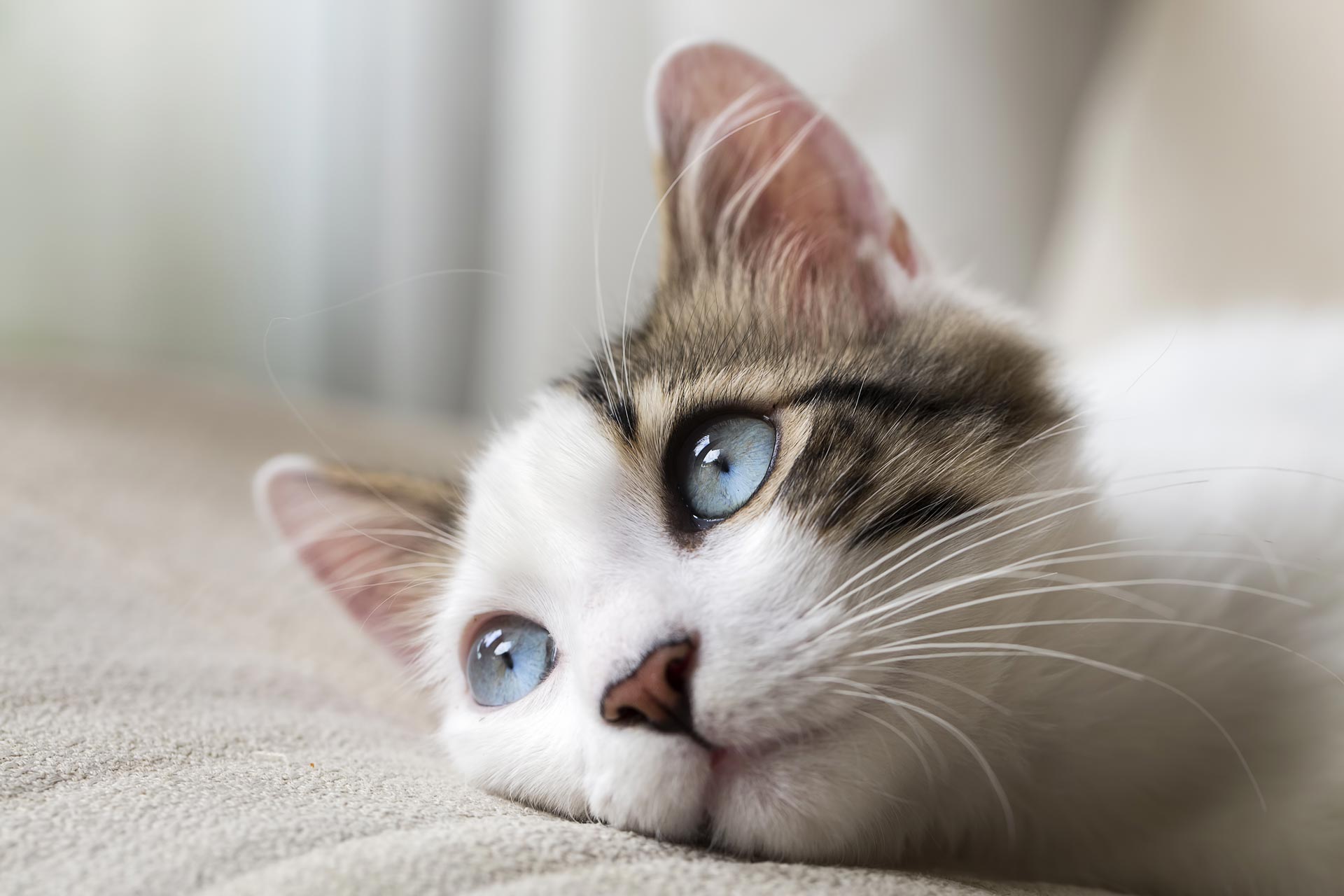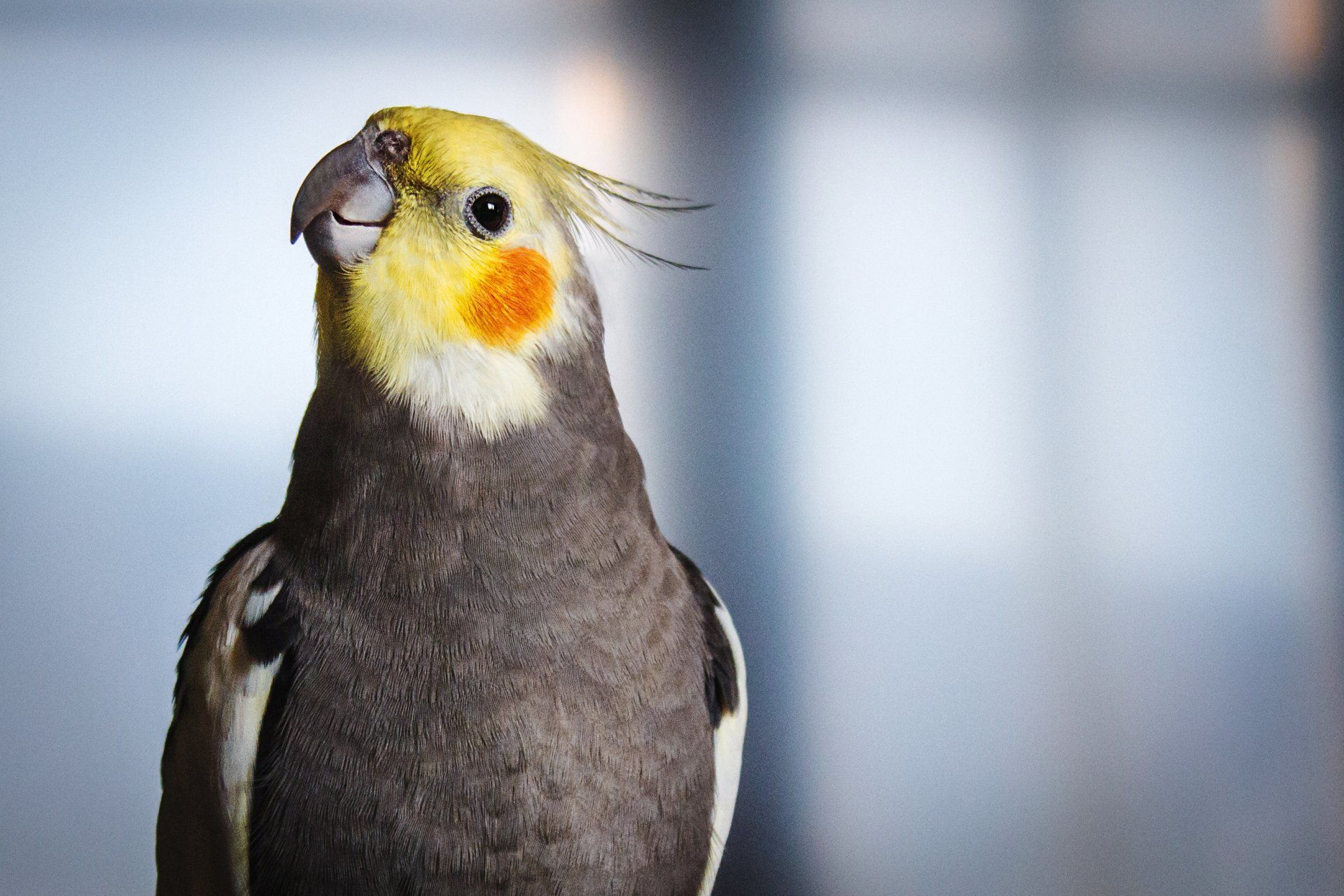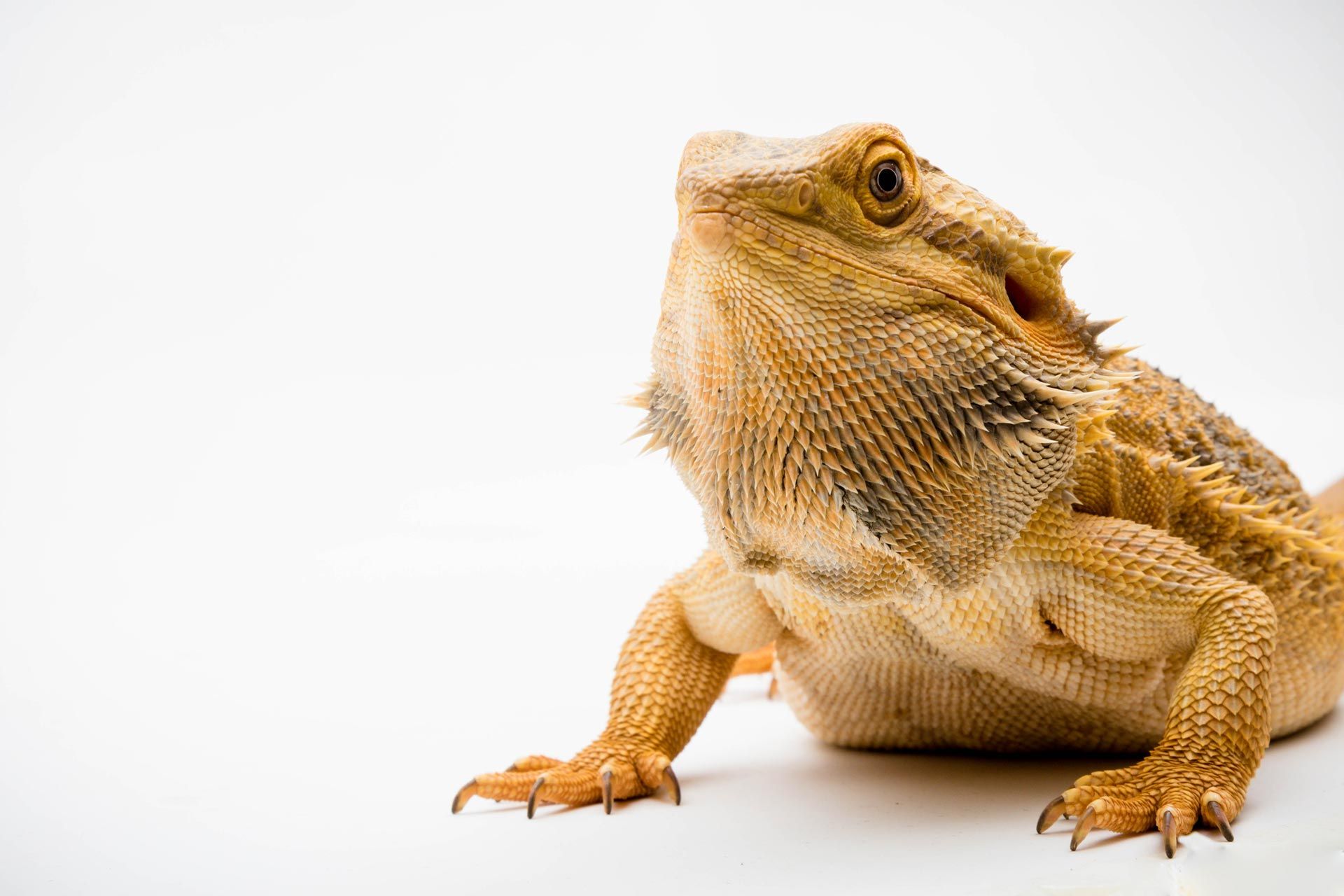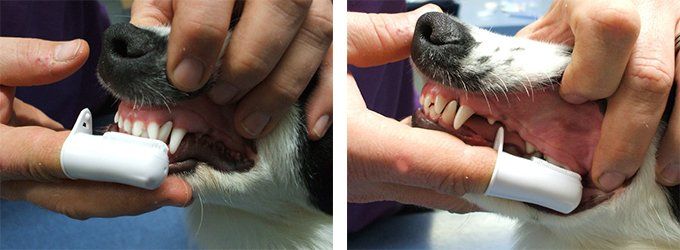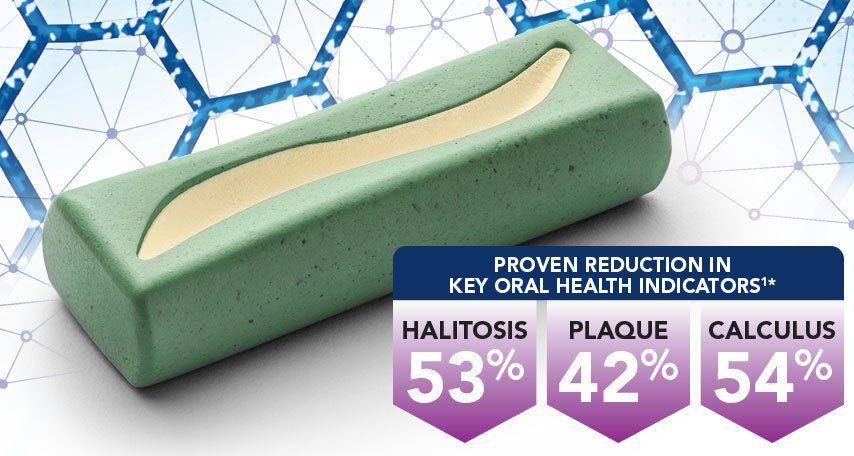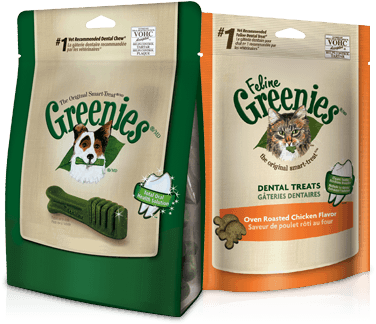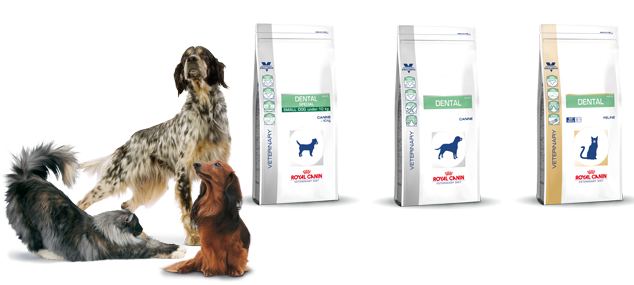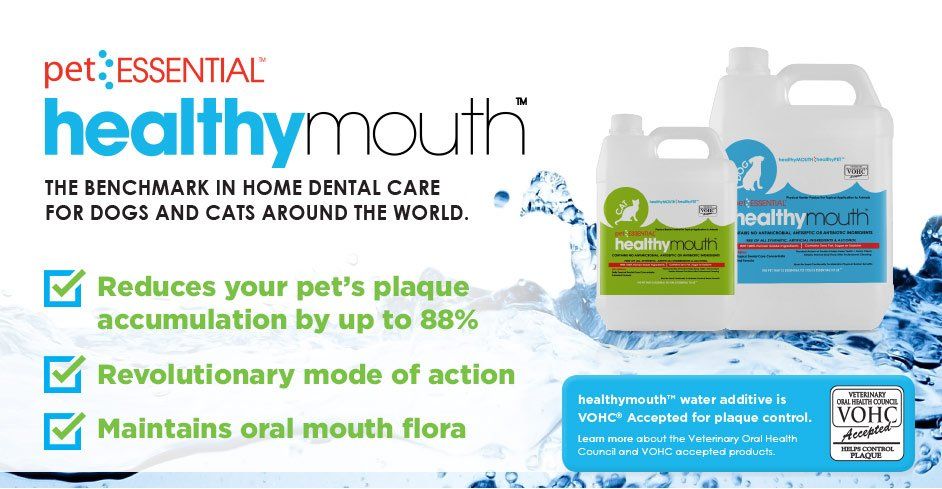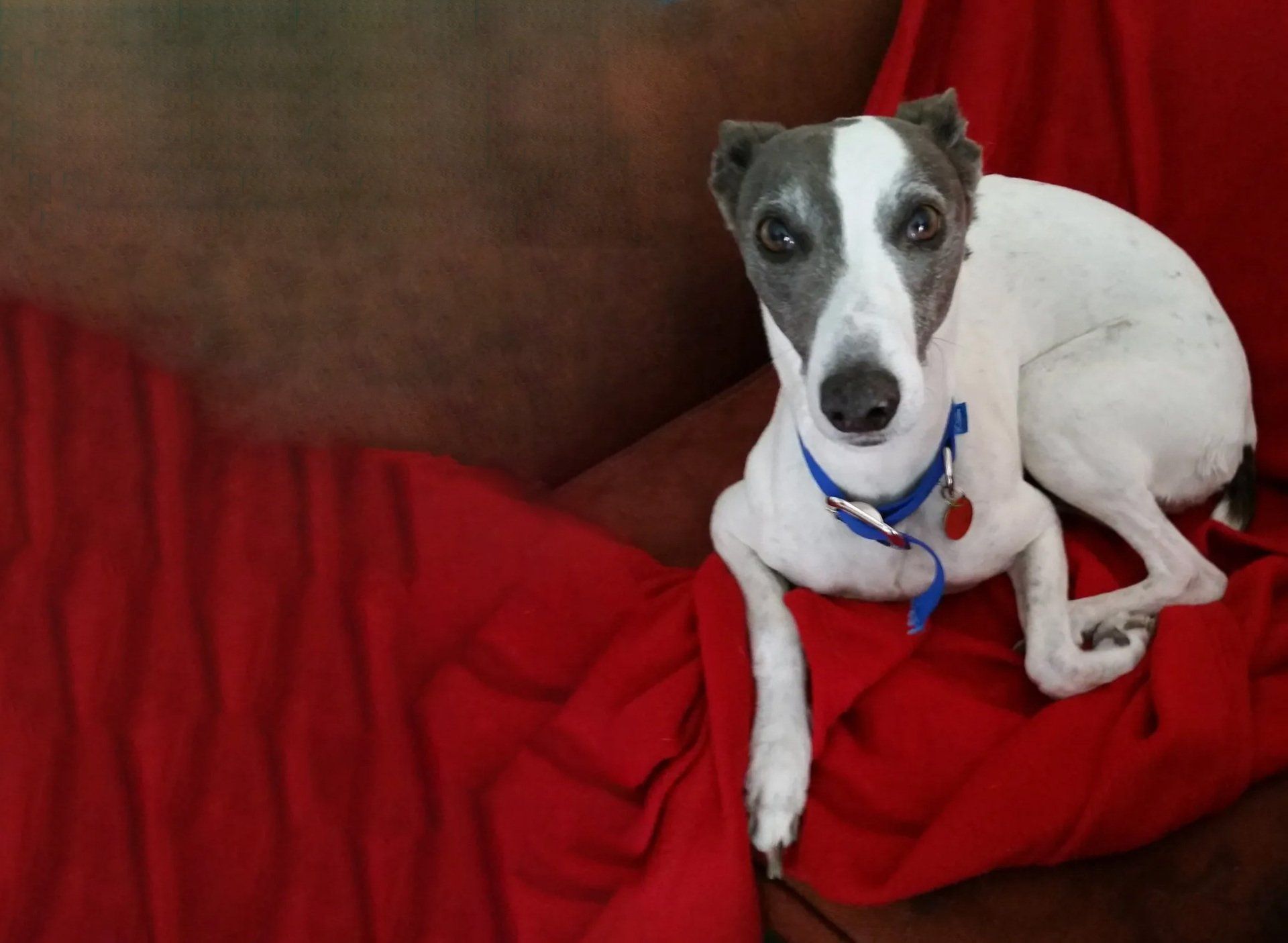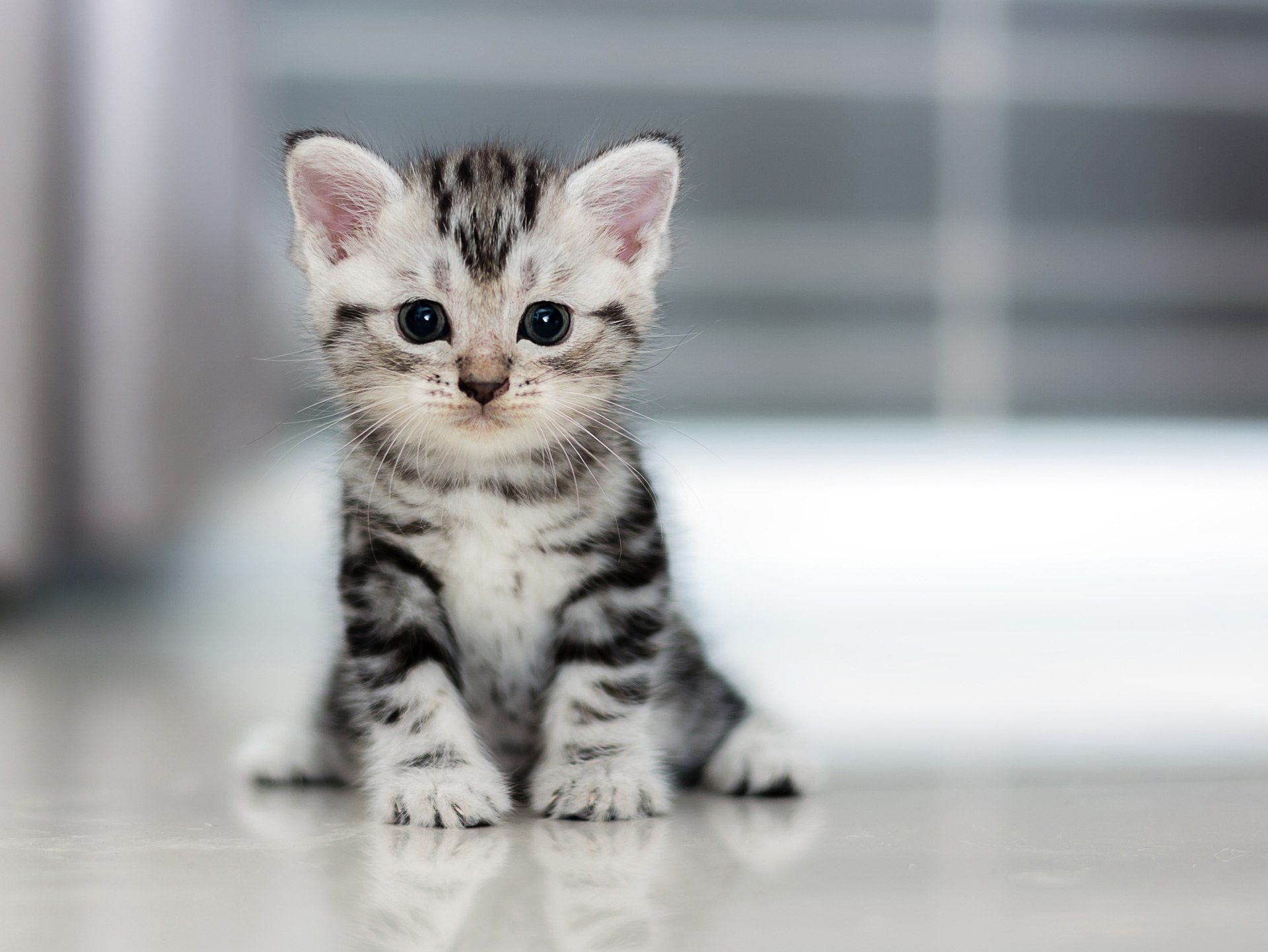Dental Home Care for Your Pets
HOME DENTAL CARE
Over 85% of dogs and cats over 4 years old have some form of periodontal (dental) disease. Dental disease causes bad breath (halitosis) and pain; it is also a source of infection and can make your pet seriously ill.
Control of dental disease requires a two-pronged approach. Firstly; in-clinic care and secondly at-home care. This article focuses on what you can do at home. There are many different methods to keep your pet's "pearly white" teeth and ideally these should be started while they are puppies and kittens.
For adult cats and dogs with existing dental disease, a dental treatment including ultrasonic scaling and polishing under general anaesthetic is necessary to get their mouth back into top condition. This will allow us to start prevention with a clean mouth and hoping to prevent, or slow down dental disease developing again in the future.
A dental treatment includes a full dental examination along with dental charting, scaling of the teeth, both ultrasonically and by hand. We complete the treatment by giving the teeth a polish to reduce plaque adherence. If necessary teeth are extracted during a dental treatment, however our objective is always to save as many teeth as we can. In some cases x-rays are necessary.
All adult dogs and cats should have an annual dental clean in addition to home care. The aim of home care is to make sure the minimal amount of plaque and tartar has built up over the course of the year.
After having your pet’s dental treatment, home care is important to keep the mouth clean for as long as possible. Home care does not replace the need for an annual scale and polish but is designed to minimise the level of disease build up over the course of the year. Most home care options help keep the visible part of the tooth (the crown) clean but there can be a lot of hidden disease under the gum line which is only detectable during a cleaning procedure under anaesthetic and on many occasions with the use of x-rays.
The following are some of home care options available that we recommend. The more of these options you do, the better the result will be!
Brushing your pet's teeth daily can help control plaque buildup and prevent periodontal disease.
SELECT A TOOTHBRUSH
- Choose a soft toothbrush only
- There are specific cat & dog toothbrushes available, some with angled or double heads
- Finger toothbrushes are available
- Toddler brushes are great for small dogs and cats
- Make sure you label your pet's toothbrush and keep it separate from the family toothbrushes!
SELECT A TOOTHPASTE
Do not use human toothpaste when brushing your pet's teeth as your pet may swallow it. Human toothpaste is not designed to be swallowed and has ingredients that can upset your pet's stomach. You must use pet toothpaste.
Pet toothpaste is chicken or beef flavoured which may help your pet accept it. Pet toothpaste is also safe if it is swallowed. Sometimes our pets will like the toothpaste too much!!
INTRODUCING BRUSHING TEETH TO YOUR PET
Cats and small dogs may feel more comfortable if they can sit on their owners lap while having their teeth brushed. It is important that we make brushing your pet’s teeth a pleasant experience for both you and your pet.
It is not a long procedure i.e. you don’t need to scrub their teeth for a long time. It should only take a minute or so.
- Begin slowly, initial sessions should be brief and well rewarded (pats, praise, treats).
- Introduce the brush & let them get familiar with it before starting to try & brush
- When your pet is comfortable with the brush try brushing one or two strokes on a few teeth. Slowly increase the amount of brushing as your pet becomes more comfortable.
- Start at the front of the mouth. Pets are often more accepting of this.
- Handy hint : you can start by introducing a finger wrapped in gauze or a special fingerbrush and gradually work your way up to using a toothbrush.
- Another handy hint is get your pet used to the toothbrush by dipping it in tuna juice, chicken or beef stock or just use water before using toothpaste.
- Next try offering the toothbrush with the paste, without brushing. Allow your pet to taste the paste.
- Brushing your pet's teeth daily can help control plaque buildup and prevent periodontal disease.
- See the pictures below showing the use of a fingerbrush and a toothbrush.
USING A FINGER BRUSH
Place the finger brush on your index finger and apply pet dental toothpaste.
USING A TOOTHBRUSH
Using your fingers gently lift the upper lips upwards. Place the toothbrush on the teeth in a 45 degree angle, and gently brush. Pay attention to the canines.
The toothbrush bristles should be placed at the gum margin where the teeth and gums meet at a 45 degree angle. The movement should be in an oval pattern. Be sure to gently brush the area around the base of the tooth as well as into the space between the teeth.
2. TREATS AND CHEWS
Chewing does help reduce tartar build up on teeth but chewing alone will not keep teeth clean. You can use raw, meaty sinewy bones but there can be problems with bones (see section below). Other chew options include pigs ears, rawhide bones, Dentabones etc.
There are two chew options which have received the Veterinary Oral Health Council Seal which means they have proven efficacy- Greenies and Oravet Chews.
Oravet chews do not rely on chewing alone; they contain a special plaque-reducing ingredient which is released as your dog chews. As dogs come in different sizes so do Oravet Dental Hygiene Chews. Unfortunately, Oravet Chews are not available for cats.
GREENIES
Greenies are specially formulated chews for both dogs & cats with proven efficacy to reduce plaque & tartar. They also come in different sizes for dogs.
DENTAL DIETS
Hills T/D & Royal Canin Dental are dry foods available for both cats and dogs. They are designed to keep pets teeth clean, while still providing them with a complete balanced diet. Each piece of kibble is larger than usual, specifically designed to encourage and stimulate chewing. It also has a special fibre matrix within each biscuit which aids in the breakdown of plaque. For best results these dental diets needs to be fed daily, it is a very palatable food, but if your pet is too fussy to enjoy it there is a money back guarantee. Hills T/D diet & Royal Canin Dental diets are only available at veterinary clinics.
Healthymouth has been clinically proven to control plaque build up and also has the Veterinary Oral Health Council seal of approval. It is safe for dogs and cats of all ages.
It is 100% free of any artificial or synthetic ingredients. It contains no alcohol, sugar, sodium, fat or calories, makes dental care so easy, simply add it to your pet’s daily drinking water!


